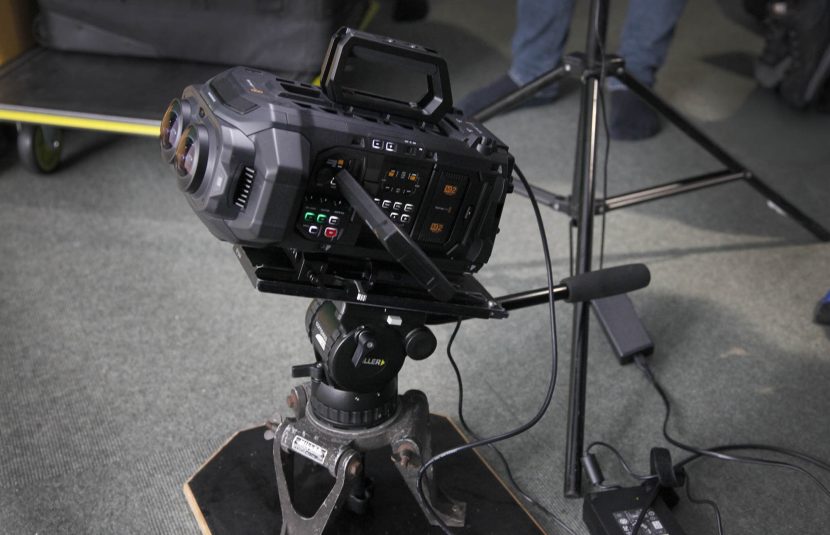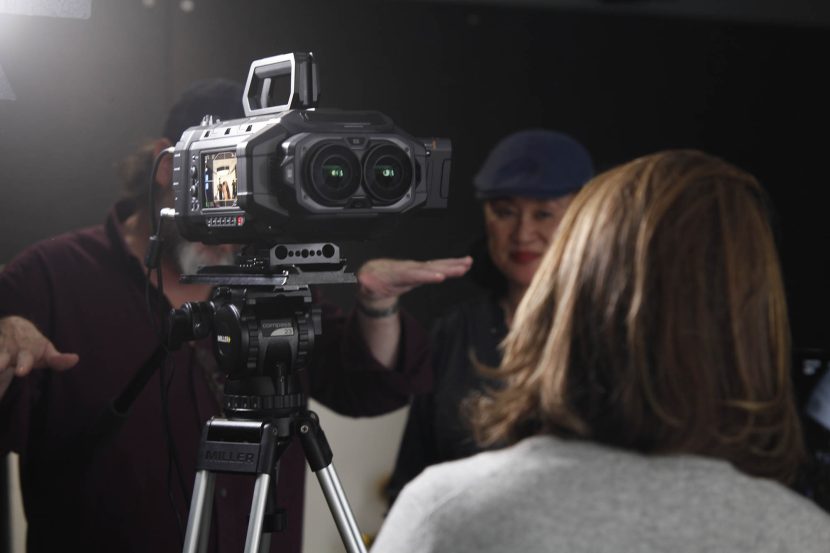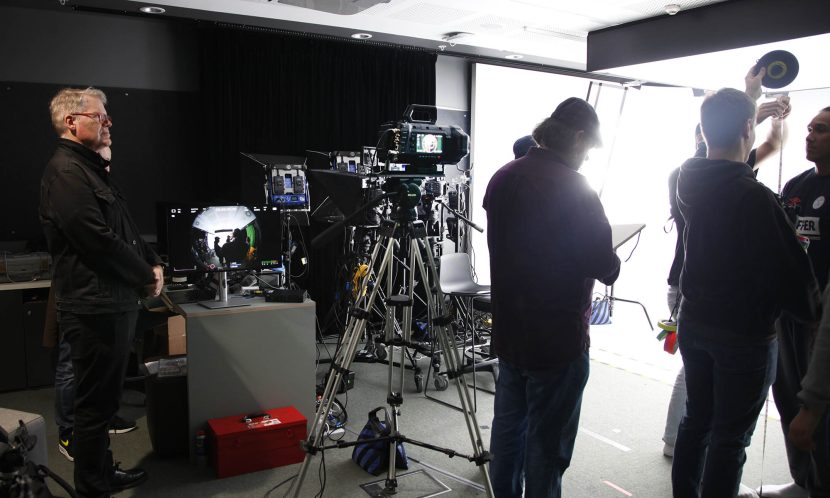We’re at the start of a new chapter in filmmaking, one that reimagines both the camera and the cinema screen. With the release of Blackmagic Design’s URSA Cine Immersive camera, we now have a professional camera system purpose-built to create immersive video content for the Apple Vision Pro. The URSA camera was designed to capture content that would do justice to the Apple Vision Pro micro‑OLED display with 23 million pixels. It has a claimed 16 stops of dynamic range for 90fps stereoscopic 3D immersive cinema content.
In collaboration with Main Course Films and the Sydney University Motus Lab, we’re kicking off a series of studio and narrative production tests here in Sydney with the new camera. We are starting with technical explorations in controlled environments and progressing to a narrative short film directed by Clara Chong and DOP Ben Allan ACS from Main Course Films. This journey isn’t just about camera specs or workflow logistics, it’s equally about discovering the new aspects of narrative immersive storytelling.
The Blackmagic URSA Cine Immersive captures an astonishing 8160 x 7200 resolution per eye, with stereoscopic 3D and pixel-level synchronization at 90fps, packed into a single Blackmagic RAW Immersive file. In theory, it’s a fixed-lens, 180° stereoscopic camera. But in practice, it messes with your intuition, there’s a strange cognitive dissonance when you find yourself instinctively reaching for a zoom or trying to “frame” a shot in a traditional way. It’s a different kind of cinematography. And it forces you to rethink direction, blocking, and especially to address the broader question of creating engagement and presence.
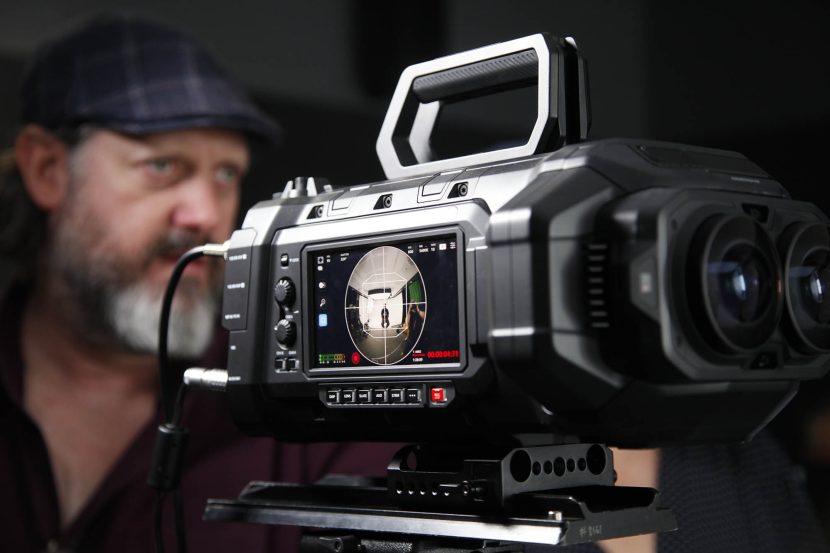
What’s clear, even at this early stage, is that the experience of watching this footage inside the Apple Vision Pro is profoundly different from anything we’ve encountered before. The sense of immersion is not just about field of view or sharpness (though with over 100 megapixels, it’s technically mind-blowing). It’s about intimacy, perspective, and how the viewer’s body and gaze become part of the story.
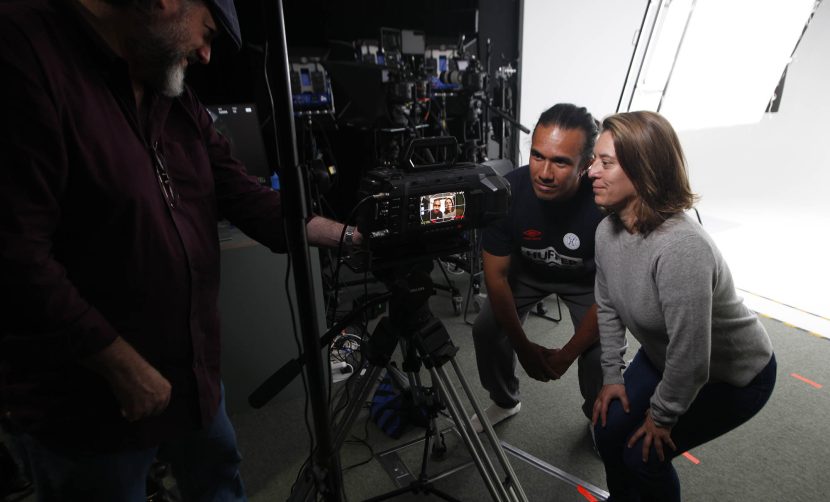
There is no longer traditional cinematic framing, it’s embodied storytelling. And that shift changes everything: editorial language, sound design, narrative tempo, and character point of view. It also makes you reconsider what it means to direct when the viewer can quite literally look the other way.
From a post-production standpoint, we’re exploring how Blackmagic’s new RAW Immersive format can hold up under the pressure of massive data rates, stereo calibration, and complex metadata management. Our testing involves DaVinci Resolve Studio, of course, but also experimental workflows to accommodate viewer-specific optical profiles, precise parallax control, and dynamic spatial audio integration.
Apple and Blackmagic seem to be building a full end-to-end immersive pipeline, not just a new camera. One that incorporates capture, post, spatial metadata, and hardware-calibrated playback inside the Vision Pro. And that opens up entirely new creative possibilities, from doc-style intimacy, to narrative 180° dramas, to spatial vignettes that feel more like theatre than film.
Over the coming weeks, we’ll be publishing more detailed insights from the set and the suite, including what we learn about narrative blocking, editorial pacing, and working with talent inside a 180° field. But for now, we just wanted to flag the potential.
What we’re discovering is that the conversation isn’t just about specs or tech. It’s about finding a new language of cinema for a new kind of screen.

